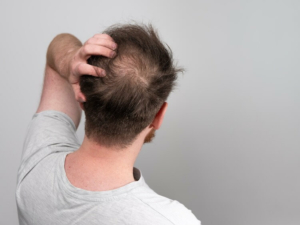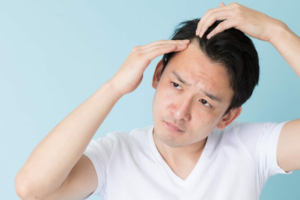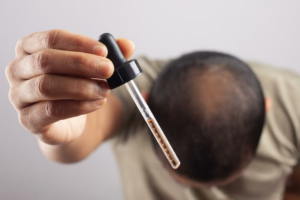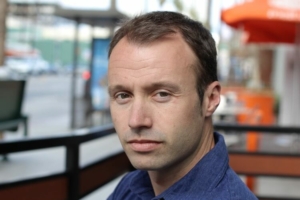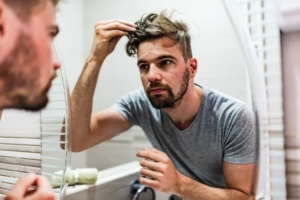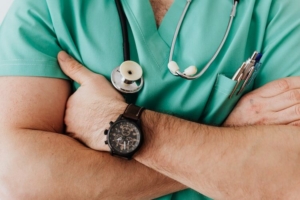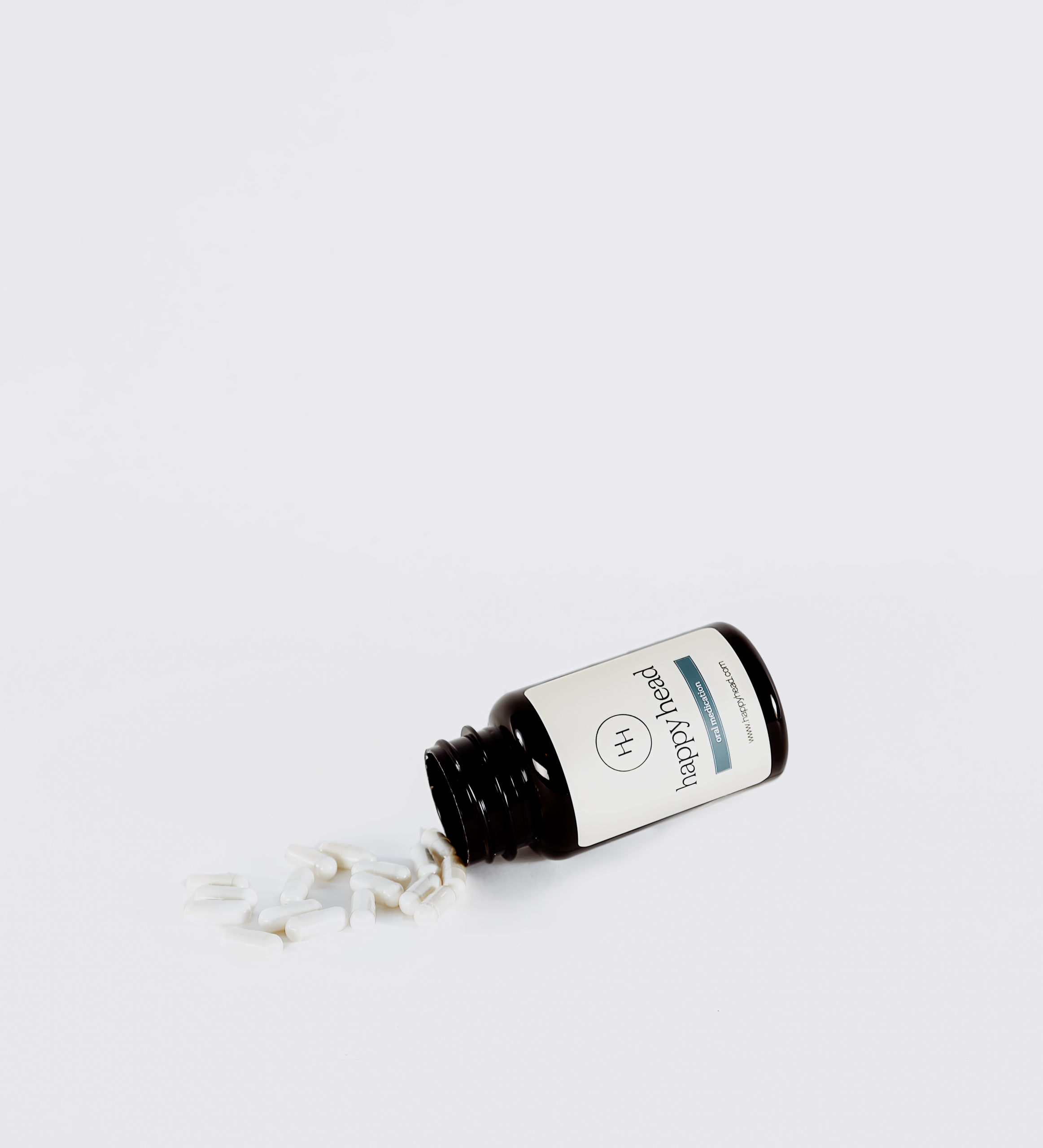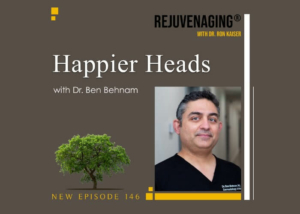Are These Ordinary Things Damaging Your Hair?
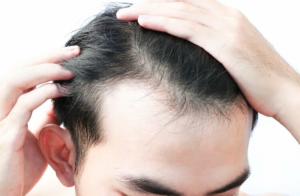
It’s not surprising that elements like chlorine and salt water can make your hair look dry and frizzy. Or that flat irons, hair dryers, and other heat styling can cause heavy-duty breakage. Bleach and highlights, well, no surprise there, either. You’re probably careful about avoiding these known troublemakers, especially if your hair is thinning or balding. After all, you want the hair that’s remaining to stay as healthy as possible. It’s difficult to avoid things you don’t know can damage your hair, though. You don’t know what you don’t know. So, we’re here to fill you in on some very ordinary things that could wreak havoc on your tresses.
Hard Water Can Cause Bad Hair Days
Finding the right shampoo and conditioner is usually top of mind when it comes to hair care. But do you ever think about what kind of water you’re using to wash your hair? Is the water coming out of your showerhead hard or soft? Hard water isn’t harmful, but it can be harsh on your hair.
First, let’s talk a little bit about what hard water is. When you look at water, you usually see a clear liquid. What you can’t see is the concentration of minerals and chemicals in the water. The concentration of minerals, specifically calcium and magnesium, determines your water’s hardness. The higher the amount of calcium and magnesium, the harder the water. You may be unable to tell if your water is hard or soft. A couple of signs that it’s hard are if your drinking glasses get cloudy or your hands still feel slippery after you’ve washed them with soap and water.
Now, what does hard water mean for your hair? One research study found that hard water can actually damage your hair. (01) When hair samples were washed in hard water versus distilled water for 30 days, the distilled water samples were thicker and less crumpled looking. If your hair is dull, brassy, has a green hue, breaks or tangles easily, check your water.
If you discover that your water is hard, there are some things you can do to protect your hair. One option is to use a vinegar rinse or clarifying shampoo once a week. Another option is to install a showerhead with a filter. Whole house water softener filtration systems are also available. Filters and water softening systems reduce the mineral concentration in the water, leaving your hair softer and silkier.
Addicted to Hairspray or Gel?
Most of us were not born with that perfect hair we see in ads. You know what we mean, that glossy, thick hair that falls exactly into the right place, even in the rain and wind. So, we resort to the next best thing. Hairspray or gel that freezes our hair in place and gives us that extra hold. It works, right? But is it really good for you?
Hairspray or gel probably won’t make your hair fall out. They could, however, dry out your hair and cause breakage. Alcohol, ethanol, parabens, and fragrances tend to cause the most damage. Also, formulas that clog your hair follicles could make it harder for new hair to grow. If you can’t live without something to give your hairstyle a little extra hold, look for products that contain all-natural and hydrating ingredients such as argan oil and biotin.
What about sea salt sprays? They’ve become popular for adding volume and texture. Are they okay since salt is a natural ingredient? Yes and no. In moderation, sea salt spray is fine. Too much, however, will have the same drying effect as you get when swimming in the ocean. Salt strips the moisture out of your hair.
Stressed Out? Here’s An Excuse to Treat Yourself to a Massage.
It’s not surprising that stress takes a toll on our minds and our bodies. Headaches, digestive issues, heart disease, and more have all been linked. This one may surprise you, though. Hair loss can be directly related to stress. Think about it. When you get stressed, your body reacts involuntarily by getting tense. Your blood vessels constrict, and there isn’t as much oxygen flowing to your scalp and hair follicles as usual. And when your hair follicles don’t feel the love, they can’t sustain or produce healthy hair. The technical term is called telogen effluvium. Fortunately, stress-induced hair loss can resolve itself over time. Meanwhile, a good massage, 30 minutes a day with a meditation app, or a brisk walk may be just what the doctor ordered.
Avoiding Your Barber or Stylist
Growing your hair out? Too busy to get in for a haircut? You may want to squeeze in time for an appointment. When you go too long between visits, you can end up with split ends. Split ends mean that your hair is more likely to break higher up near the shafts. The longer you wait between cuts, the higher the damage to your hair strands. Trims every four to six weeks will help keep your hair healthier and stronger.
It May Be Time to Change Your Pillowcases
This one may seem far fetched but stay with us. Switching to silk pillowcases may help keep your hair healthier. If your pillowcases are cotton, the fibers could be rough. If that’s the case, your hair rubbing against the fibers could cause tangling and breakage. You know what it takes to get a knot out of your hair. Extra brushing and yanking leads to breakage. The fibers themselves could also cause breakage. Cotton is known for absorbing oils as well. Silk pillowcases do a better job of allowing your hair’s natural oils to stay on your head where they belong rather than on the pillowcase where they could cause acne.
Yet Another Reason to Quit Smoking
If you’re a smoker, you probably don’t want another lecture on quitting. You’ve heard it all, or so you thought. Did you know that smoke from cigarettes can damage your hair follicles? When you smoke, your body is exposed to toxic chemicals, including formaldehyde and arsenic. These and additional toxins damage the structure of your blood vessels. Some of those blood vessels affect your heart. Other vessels lead to your head and scalp. When the blood vessels are exposed to the toxins and shrink, the blood flow to your hair follicles is reduced. That means new, healthy hair can’t be produced. Existing hair may fall out.
Your Genetics May Be Working Against You
If you notice that your hair is thinning or balding, you may be experiencing androgenetic alopecia, male or female pattern hair loss. It’s a genetic condition that affects a large percentage of the population. Men who experience the condition see a receding hairline. Women usually notice a widening part. Hereditary hair loss can occur any time after puberty, so even people in their 20s may be affected. The best way to know for sure is by checking with your dermatologist. If it turns out that your hair loss is due to androgenetic alopecia, medications including Minoxidil, Finasteride, Dutasteride, and Spironolactone are available to stop the shedding and stimulate hair growth. The medications help enlarge shrinking hair follicles and prevent your hormones from converting to androgens that cause hair loss.
Can Damaged Hair be Repaired?
If damage is already done, is there anything you can do to repair your hair? Take heart. All is not lost. First, stop using any offending products. If the damage is stems from smoking, stress, or other behavior, lifestyle changes will help. If your hair is thinning or balding, it’s always good to consult with your dermatologist. As mentioned, you may be experiencing male or female pattern hair loss or another type of alopecia that can be managed with the right treatment.
Not sure what’s damaging your hair? Our hair growth experts are here to help. All of our doctors are board-certified dermatologists experienced in diagnosing and treating conditions that affect your hair. They’ll be able to help you figure out if your hair is damaged from something you might not be aware of or if you have a form of alopecia that can be treated. We also offer customized treatments ranging from thickening shampoos and conditioners to prescription hair regrowth formulas. Best of all, you can order from your couch and receive your delivery at your front door. Get started now!
Resources:
(01) https://pubmed.ncbi.nlm.nih.gov/30034190/

